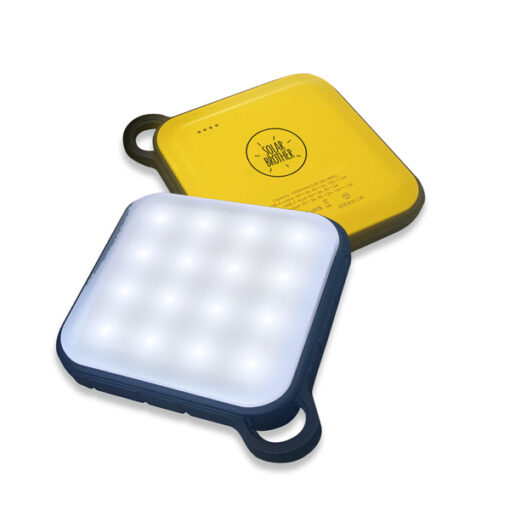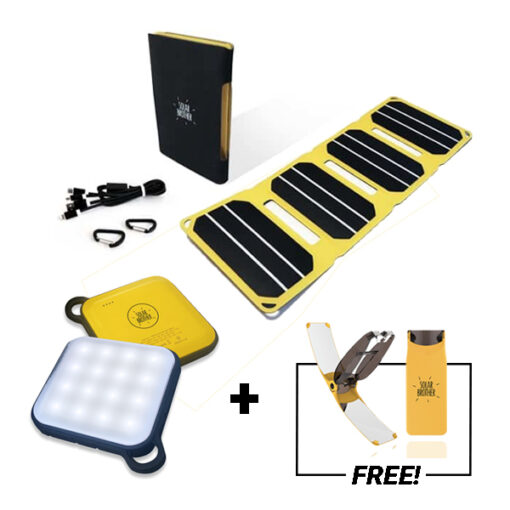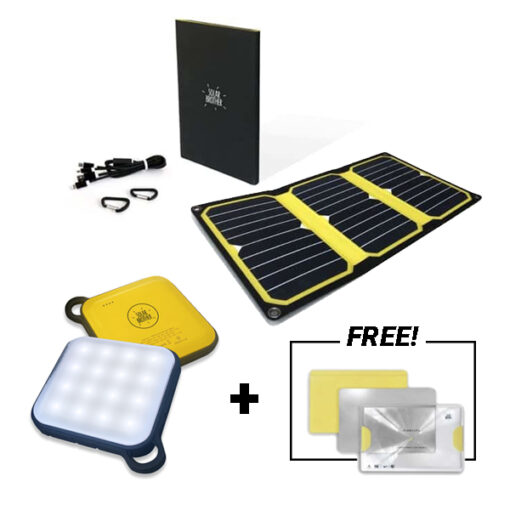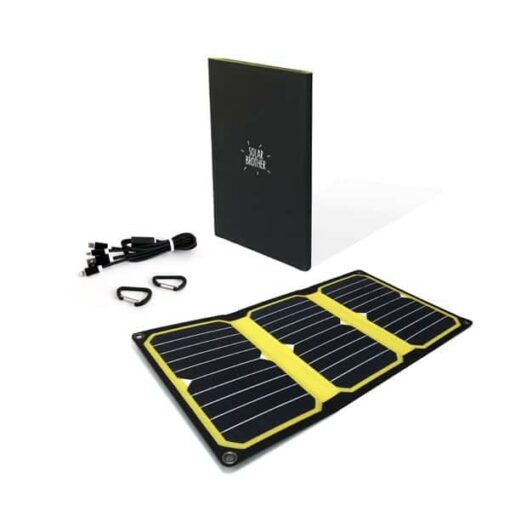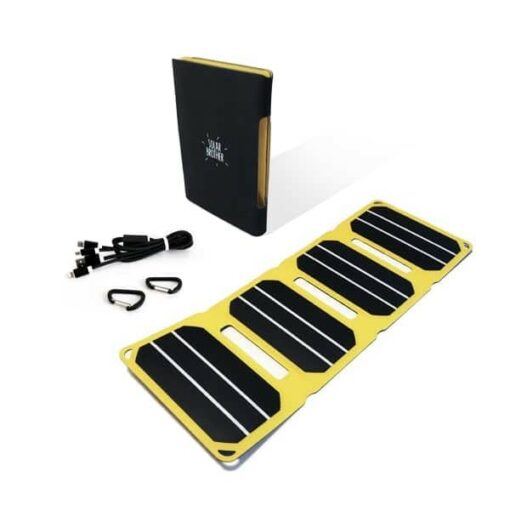News
Electrical concepts: W, Wh, A, Ah, mAh, V
Electrical concepts: W, Wh, A, Ah, mAh, V
It’s not easy to find your way around the watts, amperes, volts, milliampere-hours and watt-hours that are used in all the data sheets for the electronic devices that surround us every day. Let’s take a look at some practical examples in this article.
How do you determine electrical power?
Electricity is invisible, yet we can see its effects every day. To give you a more intuitive idea, let’s take the example of a water tank used to collect rainwater and water the garden. The garden hose is connected to the bottom of the cistern, since it’s the height of the water in the cistern that provides the pressure required for watering. As the height of the water in the cistern decreases, so does the flow rate at the hose outlet. To increase water flow, you can reduce the outlet diameter to increase pressure: we’ve all done it as kids, playing with the garden hose! The same rules apply to electric current.
To sum up: Water pressure at the outlet depends on the height of the water in the tank and the diameter of the pipe.
In electricity, the principle is the same:
Power (water pressure) = Voltage (water height) x Current (pipe diameter).
Here is the formula for calculating electrical power:
Power (P) = Voltage (U) x Current (I) i.e. P = U x I
Power is expressed in watts (W).
Voltage in volts (V).
Current in amperes (A)
Watts = Volts x Amperes (W = V x A)
From this formula, we can also calculate :
Voltage in Volts = Watts / Amperes (V = W / A)
Current in Amperes = Watts / Volts (A = W / V)
Example of electrical power calculations
SunMoove solar charger:
Power: 3.2 A x 5 V = 16 W
Voltage: 16 W / 3.2 A = 5 V
Current: 16 W / 5 V = 3.2 A
Notebook charger:
Power: 2.37 A x 19 V = 45 W
Voltage: 45 W / 2.37 A = 19 V
Current: 45 W / 19 V = 2.37 A
Water pump:
Power: 5.45 A x 220 V = 1200 W
Voltage: 1200 W / 5.45 A = 220 V
Current: 1200 W / 220 V = 5.45 A
Caution: always use the same units of measurement for these calculations. Amperage (current) for small electronic devices is often expressed in mA (milliamperes), which is more impressive from a marketing point of view! You must therefore set the correct unit: 1000 mA = 1A before making your calculations. Units such as mV or mW are hardly ever used for consumer devices.
Note: in general, the voltage (V) to power an electronic device does not vary: 5 V, 12 V, 19 V, 220 V, etc. The power (W) varies with current intensity (A). For example, you can find 45W or 65W chargers with the same 19V voltage to power a laptop:
2.37 A x 19 V = 45 W charger
3.42 A x 19 V = 65 W charger
The same applies to USB chargers (5 V) for smartphones/tablets:
1 A x 5 V = 5 W charger
2 A x 5 V = 10 W charger
4 A x 5 V = 20 W charger

How is the amount of energy available determined?
This question arises when you want to determine the autonomy of a battery-powered device, or the time needed to charge a battery. To make this calculation, we need to enter the time factor into the formulas, and it’s here that we’re going to use the capacity expressed in Ampere-hours (Ah) and the quantity of energy stored in Watt-hours (Wh).
Here’s the formula: Wh = V x Ah
From which we can deduce: Ah = Wh / V and V = Wh / Ah and also h = Wh / W
Examples
With a 12 V x 60 Ah car battery = 720 Wh
Suppose you forget to switch off the headlights, which consume 50 W.
How long will it take to drain the battery when it’s full?
720 Wh / 50 W = 14.4 h or 14 h 24 mn (with 0.4 h x 60 mn = 24 mn)
With a 1.2 V x 2 Ah (2,000 mAh) AA/LR6 battery = 2.4 Wh
Your camera uses 2 AA batteries. You have a reserve of 2 x 2.4 Wh = 4.8 Wh.
If your device has run down in 2 hours, this means that it has consumed an average of 4.8 Wh / 2 h = 2.4 W during these 2 hours.
With an external 10,000 mAh battery
The marketing standard for expressing the capacity of batteries in portable devices (powerbanks, smartphone or tablet batteries) is generally expressed in mAh, which is not a good representation of the energy actually stored, which is determined in Wh.
If we take a 10,000 mAh external battery, how much energy can it store?
Let’s go back to the formula: Wh = V x Ah
We’re missing the battery voltage (V), which we need to find on the battery label or data sheet. Generally speaking, the voltage is 3.7 V for small batteries.
Then convert mAh to Ah: 10,000 mAh = 10 Ah.
We now have all the data we need to calculate the stored energy:
3.7 V x 10 Ah = 37 Wh
Small external batteries use 3.7 V cells, larger ones use 7.4 V cells, and PC batteries often use 14.8 V cells. So, indicating only a 10,000 mAh capacity, we can have big differences in energy reserve depending on the battery voltage:
3.7 V x 10 Ah = 37 Wh
7.4 V x 10 Ah = 74 Wh
14.8 V x 10 Ah = 148 Wh
The same principle applies to electric bicycle batteries:
36 V x 10 Ah = 360 Wh
48V x 10 Ah = 480 Wh

How to calculate a battery’s charge time?
Let’s take the charging time of a 10,000 mAh external battery with a 16W solar charger as an example. We have seen that a small 10,000 mAh external battery actually stores 37 Wh. Let’s apply the formula h = Wh / W with 37 Wh / 16 W = 2.31 h or 2 h 19 min… in theory.
Charging current is limited on most devices. Let’s consider that your smartphone accepts 2 A at 5 V maximum for charging, i.e. 2 A x 5 V = 10 W. So even if the charger can deliver up to 16 W, only 10 W will be absorbed. Charging time is actually longer: 37 Wh / 10W = 3.7 h or 3 h 42 min.
Taking this example a step further, on an overcast day when the solar charger will only supply 5W, the charging time will obviously be much longer: 37 Wh / 5 W = 7.4 h or 7 h 24 min.
If we take the example of the electric bike, with a 150W charger, it will take you at least 3 hours to charge a 450 Wh battery (450 Wh / 150 W = 3 hours).
How do you calculate the number of recharges for your smartphone with an external battery?
Take a smartphone with a 2000 mAh battery. As we saw earlier, the energy stored in the battery is actually 3.7V x 2 Ah = 7.4 Wh. If the external battery is capable of storing 37 Wh, then you have 37 Wh / 7.4 Wh = 5 recharges available in theory.
Losses
The results of all these calculations must be reduced in reality. Indeed, any transfer of energy in an electrical circuit induces losses (in the form of heat), and battery capacity degrades over time. It’s quite difficult to estimate these losses exactly, but a safety margin of between 10 and 20% can usually be assumed. For example, if in theory you can recharge your smartphone 5 times with an external battery, in reality, because of losses, you can count on at least 4 recharges (-20%).
Conclusion
We hope these explanations will help you to better understand the electrical characteristics of consumer electronics. These elements should enable you to make a more informed choice when hesitating between several products offering the same functions, and above all, to better appreciate their real autonomy and the charge/discharge times of their batteries.
These products may be of interest to you
You may also be interested in these articles


